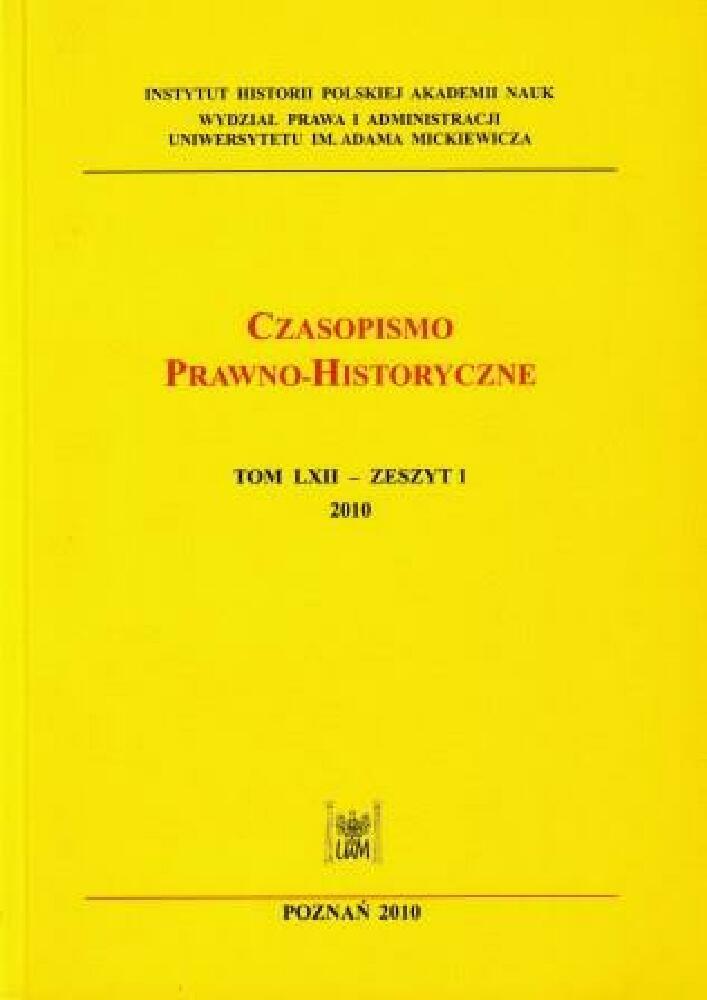Abstrakt
In the Kingdom of Poland, the election of a king as a successor to the throne had a long tradition dating back in the Piast dynasty. During the Piast period in Kraków, and more specifically in the Kraków-Sandomierz Duchy, also the ruling prince was elected. The first so elected Kraków ruler, called the princeps, was Kazimierz Sprawiedliwy (Casimir the Just) (1180-1194), followed by his minor son Leszek called Biały (the White). Subsequent rulers were also elected, but the election was kept within the Piast dynasty and was, as a rule, merely a confirming election. In 1291 the throne was offered to Vaclav II of the Czech dynasty of the Przemyslids, who defeated in a military battle his rival, the Cuiavian prince Władysław Łokietek (Ladislaus, the Elbow-High). Following the death of Vaclav II and his successor Vaclav III (died on 4 August 1306), Władysław Łokietek, supported by the Hungarians, conquered Kraków and the whole Kraków-Sandomierz Duchy and was subsequently granted , by the baronial caste (możnowładztwo), the power over the Duchy. That act by Kraków barons could also be recognised as an election. Łokietek was the first ruler who introduced the titles „pan i dziedzic" (dominus et haeres) and used his succession rights, with the Papal support, in his struggle to coronation in 1320. Following his death in 1333, the throne was passed to his only son Kazimierz. According to Jan Długosz, a chronicler, the convention of the Kraków barons and knights once again confirmed Kazimierz's right to the throne in an act that might be recognised as a confirming election again. However, his successor, the Hungarian king Louis of Anjou, came to the throne following the succession agreement in Vyshegrad in 1339 and Buda in 1355, which were at least formal attempts to end the electoral system and replaced in with the written principle of the succession to the throne by inheritance of the title. And yet, in the light of an absence of male successors, the issue of an election of a successor to the Polish throne was soon back.
Finansowanie
Digitalizacja i Otwarty Dostęp dofinansowane przez Ministra Edukacji i Nauki w ramach umowy nr BIBL/SP/0002/2023/1
Licencja
Copyright© 2010 Wydział Prawa i Administracji UAM w PoznaniuOPEN ACCESS




